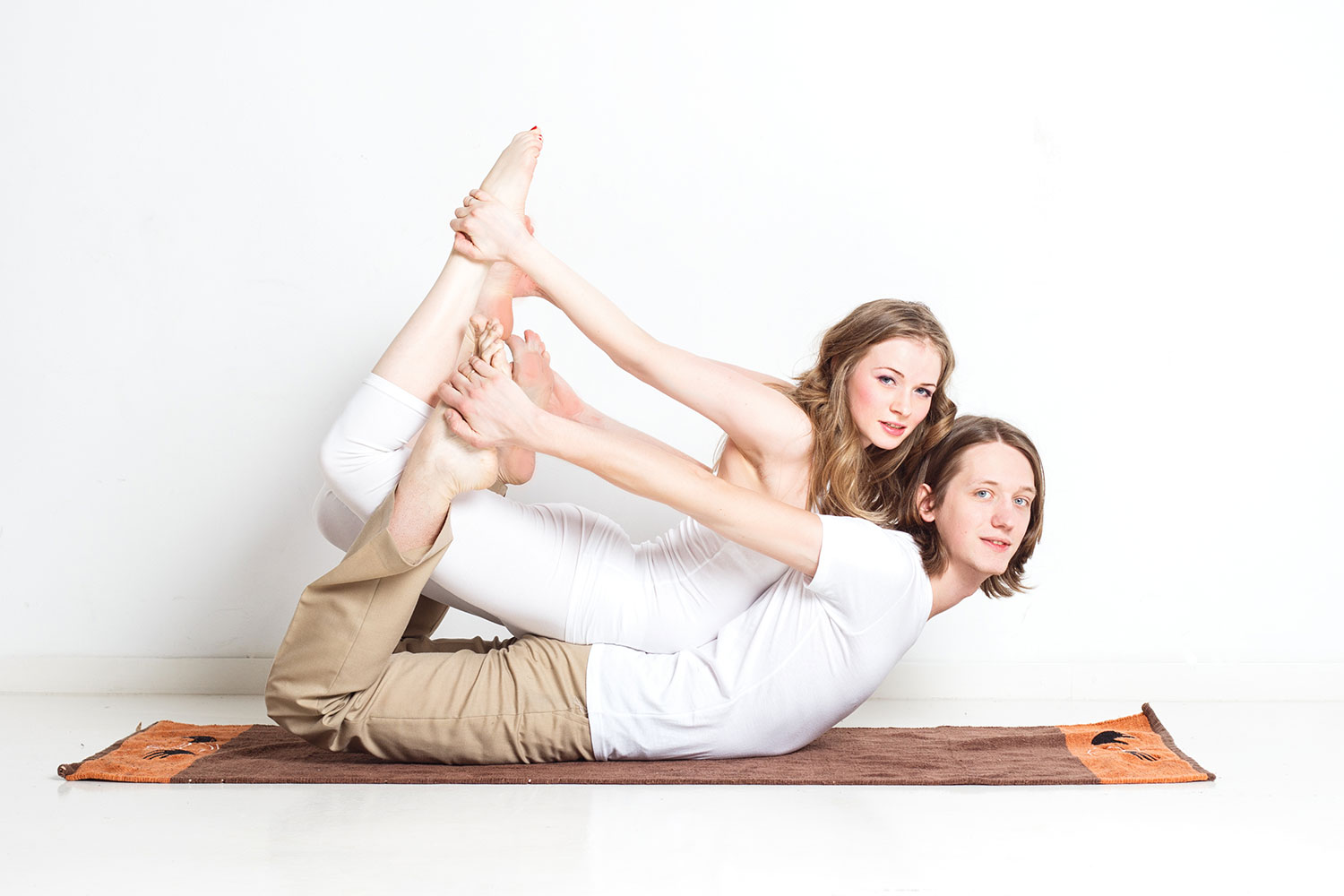
What is Tantric Yoga? Tantric Yoga is a spiritual practice that combines physical postures, breathing exercises, and meditation to achieve a deeper connection with oneself and the universe. Unlike other forms of yoga, it emphasizes the union of the masculine and feminine energies within each person. Its origins trace back to ancient India, where it was practiced as a way to attain enlightenment and spiritual liberation. Today, Tantric Yoga is gaining popularity for its holistic approach to well-being, focusing on both the mind and body. Whether you're a beginner or a seasoned yogi, understanding the principles of Tantric Yoga can offer a new dimension to your practice.
Key Takeaways:
- Tantric Yoga is an ancient practice that combines physical postures, breathing exercises, and meditation to achieve spiritual growth and enlightenment. It emphasizes the connection between the mind, body, and spirit.
- Tantric Yoga offers numerous benefits for both the mind and body, including improved flexibility, mental clarity, stress reduction, emotional healing, and enhanced relationships. It's not just about physical postures, but a holistic approach to well-being.
What is Tantric Yoga?
Tantric Yoga is an ancient practice that combines physical postures, breathing exercises, and meditation to achieve spiritual growth and enlightenment. It emphasizes the connection between the mind, body, and spirit.
- Originated in India over 5,000 years ago.
- The word "Tantra" means "to weave" or "to expand."
- Focuses on awakening the Kundalini energy at the base of the spine.
- Uses rituals and ceremonies to deepen spiritual practice.
- Incorporates mantras, mudras, and yantras.
Principles of Tantric Yoga
Understanding the core principles of Tantric Yoga helps practitioners align their practice with its deeper spiritual goals.
- Emphasizes the unity of opposites, such as masculine and feminine energies.
- Believes in the interconnectedness of all life.
- Encourages the acceptance of all aspects of oneself.
- Uses the body as a tool for spiritual awakening.
- Focuses on the present moment and mindfulness.
Practices in Tantric Yoga
Tantric Yoga involves various practices that help practitioners achieve a state of balance and harmony.
- Asanas (physical postures) are used to prepare the body for meditation.
- Pranayama (breathing exercises) helps control the flow of energy.
- Meditation techniques focus on visualization and concentration.
- Chanting mantras to create vibrations that align with specific energies.
- Mudras (hand gestures) are used to channel energy flow.
Benefits of Tantric Yoga
Practicing Tantric Yoga offers numerous benefits for both the mind and body.
- Improves flexibility and strength.
- Enhances mental clarity and focus.
- Reduces stress and anxiety.
- Promotes emotional healing and balance.
- Increases self-awareness and self-acceptance.
Tantric Yoga and Relationships
Tantric Yoga can also positively impact relationships by fostering deeper connections and intimacy.
- Encourages open communication and trust.
- Helps partners connect on a spiritual level.
- Promotes mutual respect and understanding.
- Enhances physical intimacy and pleasure.
- Strengthens emotional bonds.
Misconceptions about Tantric Yoga
There are many misconceptions about Tantric Yoga that can lead to misunderstandings about its true purpose and practices.
- It's not solely about sexual practices.
- It's not a quick fix for relationship issues.
- It's not a religion but a spiritual practice.
- It doesn't require a partner to practice.
- It's not limited to any specific age or gender.
Famous Tantric Yoga Practitioners
Several well-known figures have embraced Tantric Yoga and contributed to its popularity.
- Osho, a spiritual teacher who integrated Tantra into his teachings.
- Swami Satyananda Saraswati, founder of the Bihar School of Yoga.
- Shiva Rea, a modern yoga teacher known for her Tantric Yoga practices.
- David Frawley, an author and teacher of Vedic traditions.
- Margot Anand, a pioneer in bringing Tantra to the West.
Tantric Yoga in Modern Times
Tantric Yoga has evolved and adapted to fit the needs of contemporary practitioners.
- Online classes and workshops make it accessible to a global audience.
- Modern interpretations often blend traditional practices with new techniques.
- It's used in therapeutic settings for emotional and psychological healing.
- Many yoga studios offer specialized Tantric Yoga classes.
- It's incorporated into wellness retreats and holistic health programs.
Tools and Props in Tantric Yoga
Various tools and props can enhance the Tantric Yoga experience.
- Mala beads are used for counting mantras during meditation.
- Singing bowls create sound vibrations that aid in meditation.
- Essential oils are used for aromatherapy to enhance relaxation.
- Crystals are believed to amplify energy and aid in healing.
- Incense is burned to create a sacred and calming atmosphere.
Challenges in Practicing Tantric Yoga
Like any spiritual practice, Tantric Yoga comes with its own set of challenges.
- Requires a deep commitment and regular practice.
- Can be emotionally intense and bring up unresolved issues.
- Misunderstandings about its practices can lead to misuse.
- Finding a qualified teacher can be difficult.
- Balancing modern life with spiritual practice can be challenging.
Final Thoughts on Tantric Yoga
Tantric Yoga offers a unique blend of physical, mental, and spiritual practices. It’s not just about the poses; it’s about connecting deeply with yourself and your partner. This ancient practice can improve flexibility, reduce stress, and enhance intimacy. By focusing on breath, meditation, and movement, practitioners can achieve a heightened state of awareness and connection. Whether you’re a beginner or experienced yogi, incorporating elements of Tantric Yoga into your routine can bring new dimensions to your practice. Remember, it’s about the journey, not the destination. So, take your time, explore the different aspects, and enjoy the process. With patience and dedication, you’ll find that Tantric Yoga can be a transformative experience, enriching both your personal and shared life. Give it a try and see how it can positively impact your well-being.
Frequently Asked Questions
Was this page helpful?
Our commitment to delivering trustworthy and engaging content is at the heart of what we do. Each fact on our site is contributed by real users like you, bringing a wealth of diverse insights and information. To ensure the highest standards of accuracy and reliability, our dedicated editors meticulously review each submission. This process guarantees that the facts we share are not only fascinating but also credible. Trust in our commitment to quality and authenticity as you explore and learn with us.


